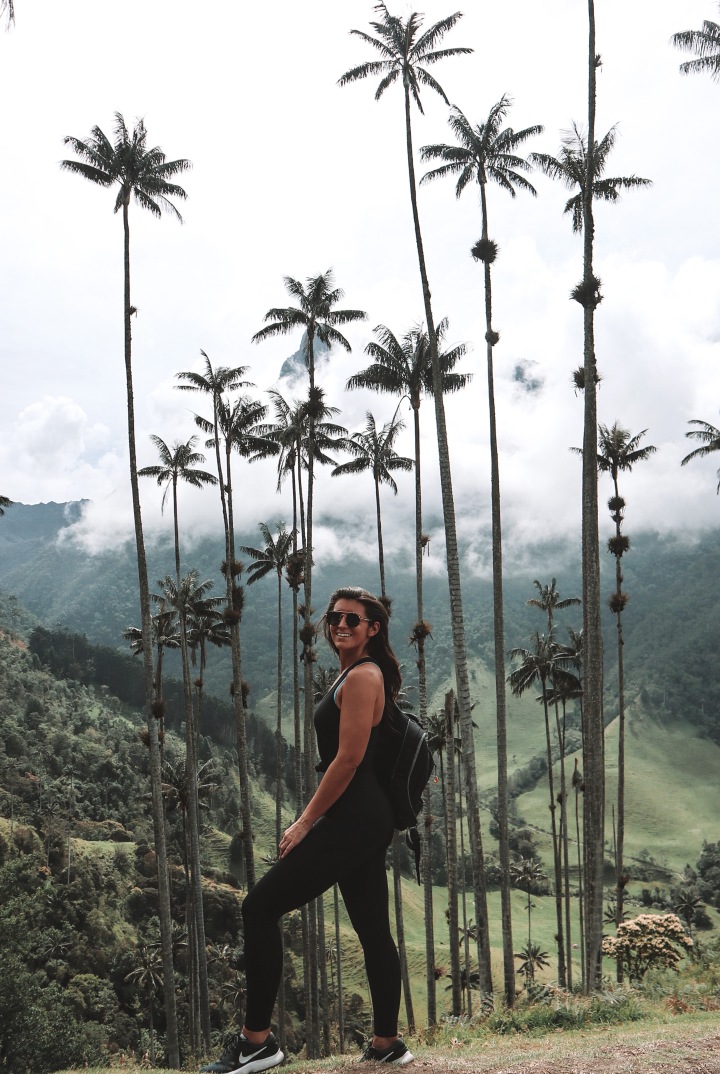
Colombia has it all; breathtaking Andean mountains, tropical Amazonian jungle, untouched Caribbean coastlines, towns bursting with colour and most evidently a heart-wrenching history that made this South American country one of the most memorable trips I have made so far. Here are the diaries of a gringo en Colombia…
You may wonder why I decided to travel to Colombia on my own as a female, when all you hear are reports of it’s infamous drug cartels, corruption and a 50 year war that has seen the death of hundreds-of-thousands of its people. Quite frankly I questioned it myself as the plane began its descent into Bogota. Every day more people return to Colombia having escaped a war-torn existence, to find their country now has more smiles than horrific headlines. It’s a country of music you can’t help but dance to. A country who’s people welcome you with open arms to the tourism that will ensure a healthy economy for the future. A country of some of the happiest people in the world. So it only felt fair that I satisfy the need to discover a country I had heard would live long in my memories.

Having made tracks to my first destination, about an hours flight from Bogota, I was woken on my first morning to the sound of roosters, horses hooves, soothing pan-pipe music and the strong scent of marijuana; I knew I had arrived in South-America. The sleepy farming town of Salento is set amidst gorgeous green mountains of the Andes where the air is so fresh you feel like you’ve been reborn. Set amongst it’s greenery, the colourful colonial farming houses look like something from a picture book; at it’s epicentre the market-square homes locals selling fruit and dancing to vallenato beats in the afternoon sun. The landscape around me hummed with wildlife and the stench of the mountain farms filled my nostrils; there was no time like the present, I packed up a bag and left my farmhouse ‘hostel’ for my first trek into Valle de Cocora.
2,600m above sea level, I couldn’t really have picked a more memorable vista for my very first day in Colombia. Jumping on the back of a local jeep in the market square following my 24 hour travel the previous day, we careered down the winding (yet well laid) roads towards Valle de Cocora. Set to the east of Salento in the lower reaches of Los Nevados, Cocora is a vast green valley framed by blunt precipices and low lying cloud cover that make for an atmospheric and rather eerie landscape. The valley is most famous for it’s palma de cera (wax palms), the tallest palm trees in the world which stretch between 60 and 80 metres tall; an almost surreal sight and most definitely one that took my breath away.
Despite being told the valley was full of tourists coming to snap its famous palms, it was refreshing to see how few people were actually trekking the valley and for the most part they were Colombians on mountain bike holidays. At the foot of the valley I began hiking up-hill into the depths of the protected reserve, where I instantly lost sight of any tourist stragglers who aren’t serious about seeing the valley anyway. On the peaceful 6 hour round hike you venture past dramatic lookouts, waterfalls and eventually reach the highest point on the trek, The Hummingbird House. Set amongst the dense forestry sits a small wooden colonial house, home to a few local women who support the protection of the native hummingbird population. Never had I seen a wild hummingbird never-mind in such close proximity, which felt like a once in a lifetime opportunity. The hummingbird is native only to the Americas and the smallest bird in the world. They are known for the humming sound created by their beating wings, which flap at high frequencies audible to the human ear. After around half an hour, I finally managed to capture an up-close shot of one of these beautiful creatures. To reward myself, I had heard you must try a bowl of their famous chocolate and queso at the house. The cheese melts in the piping hot bowl of chocolate to make a surprisingly palatable dish; who doesn’t love cheese and chocolate!
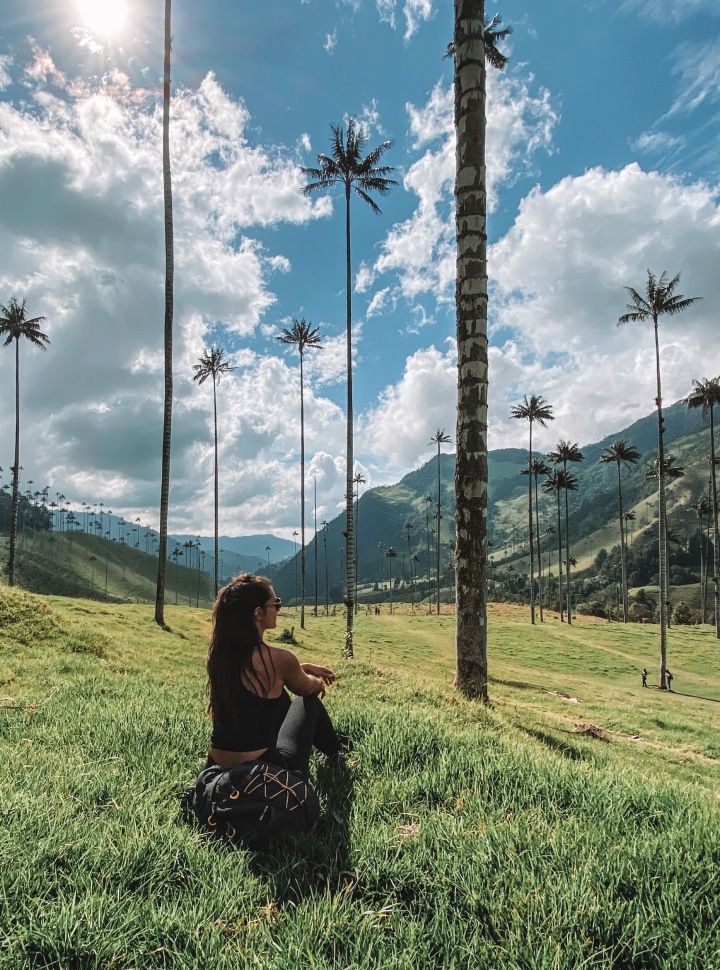
For my second day of adventure in the mountains, I had been told to risk life and limb downhill mountain biking in the sister valley, La Carbonera. This valley, despite not being as dramatically laid out, sits 3,600m above sea level with twice as many wax palms and ZERO the amount of tourists. Setting off in the fresh early hours as a group of four gringo’s, we made our way high into the valley by jeep feeling the mountain air get cooler as we climbed. Six whole hours of exploring the terrain by mountain bike and barely a soul in sight. We stopped off at a small stream with our packed lunch of lulo fruit and a peculiar looking sandwich, as a small deer nervously tumbled down the river bank past us. Naturally scars tell stories, which I’m sure the one on my arm will do for years to come…

Matched by few countries, Colombia’s position on the equator means that per square foot it is the most bio-diverse country in the world; it has more species of birds and frogs than any other. The incredible variety of flora and fauna became instantly evident when I had positioned myself in the mountain region. Heavy rainfall, steep valleys and powerful rivers ensure that Colombia gets 70% of its power from hydroelectricity.

The next phase of my journey in the Andean mountain range of Colombia, took me further north into Antioquia to the place known as ‘the city of eternal spring’ or what most gringo’s would identify as the world’s murder capital and home of infamous drug-lord Pablo Escobar. Welcome to Medellin…
Now dubbed as one of “the most innovative cities in the world”, this developing hipster city is full of prosperity and hope following it’s horrific reputation in the 80’s/90’s. Despite having felt unsurprisingly apprehensive on my journey over to Medellin, I was greeted on my first morning by a local man; “Welcome to my country, you beautiful people!”. Needless to say, there was a lot to take in from this city, I felt I owed it to the people.
The high-rise buildings sit in a mountain valley around 3,000m above sea-level. Slums hug the upper reaches of the hill-side that encapsulate the cities skyline. Graffiti covers street corners that house salsa bars and hipster hang-outs that have finally attracted expats and open-minded travellers. There was something about this place, as we descended on the valley at sun-rise, that gave me goosebumps.



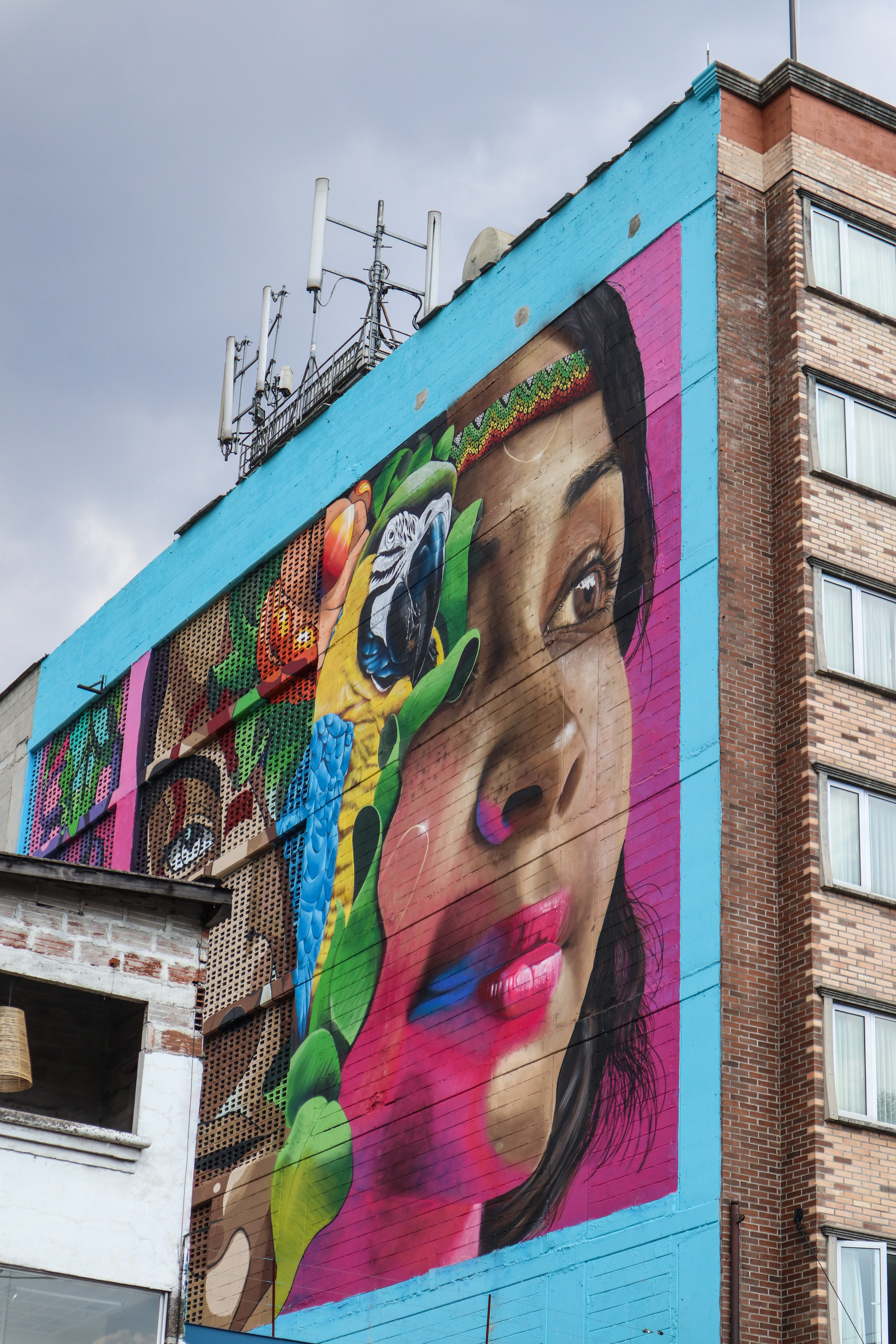

Given I only had one full day in the city, I felt my time was best spent being educated on how the city had changed for the better. Without a doubt, the most memorable part was the walking tour of the city with born-and-bred local Luis. Luis spoke with honesty and passion about the history of his home, in the hope that us gringo’s were educated in what really happened to this beautiful country and more importantly taking away the glamorised status that has been attached to Pablo Escobar. During this period the media captured the worlds interest whilst Colombia continued it’s ongoing struggle to find a way out of the horrific violence. Here is what I learned…
In the year 1991 Medellin was declared the most dangerous city in the world, with an average of 20 murders a day; drug lords lived like royalty, paramilitaries ruled the land, the government/law-enforcers were regularly assassinated, and the innocent would disappear without a trace. It all began in the 50’s when the civil war erupted between the socialists and communists; the guerrillas were formed of the local countryside men who wanted to fight against the rich 10% that made up the country. It wasn’t long until, orchestrated and funded by the government, the paramilitaries were introduced to push back the communists and begin the endless violence of a 50 year war. Over the next 25 years the paramilitaries would be responsible for 173k homicides, 34k disappearances and 1,600 massacres.
In the 70’s, el narco trafico began it’s reign. It is no lie that Colombia was the worlds biggest producer and exporter of cocaine; a business that is now worth over 90 billion dollars and a drug that is consumed in every single country across the world. There is also no doubt that during the 80’s and early 90’s Colombia had the highest homicide rate in the world and still exported more prostitutes that any other country. The entire population felt caught in the cogs of a malicious machine, which was driven by the selfish desire for revenge.
Millions of Colombia’s people had nothing to do with this on-going battle, struggling to stay alive, they felt demonised by the outside world. They still battle with the ongoing influence of the impressionist over-dramatised series ‘Narco’s’, made by the USA with a gringo narrative, despite the series not even being filmed in Medellin. El cartel de Medellin was however responsible for 85% of the worlds cocaine production, making Pablo Escobar one of the top 7 most richest men in the world at the time. Given tourism is on the rise, the whole country is now faced with the problem of ‘narco-tourism’; cheap cocaine and even cheaper prostitutes. There will always be a demand in the USA and Europe, which is the single biggest threat to the poor and indigenous communities who are forced into farming coca plantations that still lie in the countryside of Colombia. The worst thing you can do as a visitor is fuel this narco-tourism; the people want the outside world to appreciate its achievements and the incredible beauty that surrounds them.
Not only did this forward-thinking city open my eyes to the ‘new Colombia’, but I felt safe and welcomed. I explored fruit markets to find the largest avocado’s I had ever clapped eyes on, soaked in the idyllic climate, rode the immaculate metro system, found the curious sculptures of artist Fernando Botero and roamed the streets full of people all pleased to see you. I spent my evening at salsa club Son Havana with the gorgeous local Nessa I was so fortunately introduced to. If you want to know more about the history of Colombia, I read the informative yet heart-breaking book ‘Short walks from Bogota’ written my Tom Feiling.

Last on the agenda, before flying up to the Caribbean coast, was the colourful town of Guatape. Bordering the shores of the Embalse Guatape, an artificial lake which saw the flooding of several local villages, the streets of this bizarre little town are bursting with colourful adorned houses which each tell their own story of the families that once resided there. Only two hours local bus ride away from Medellin, you can escape the city to a peaceful reservoir and climb El Penon – a privately owned rock that claims to be the biggest in Colombia and second biggest in the whole of the south-americas. To reach the top, there are 750 steps wedged into the central crack of the rock and despite the tenuous climb, the view from the top is spectacular overlooking the whole Embalse Guatape. Although the streets of this peaceful town are like that of a child’s colouring book, there was something a little odd about it as I wondered around alone. Having visited at the end of the peak season, I couldn’t help thinking that this town had be developed for tourists alone, but ironically completely lacked in them.

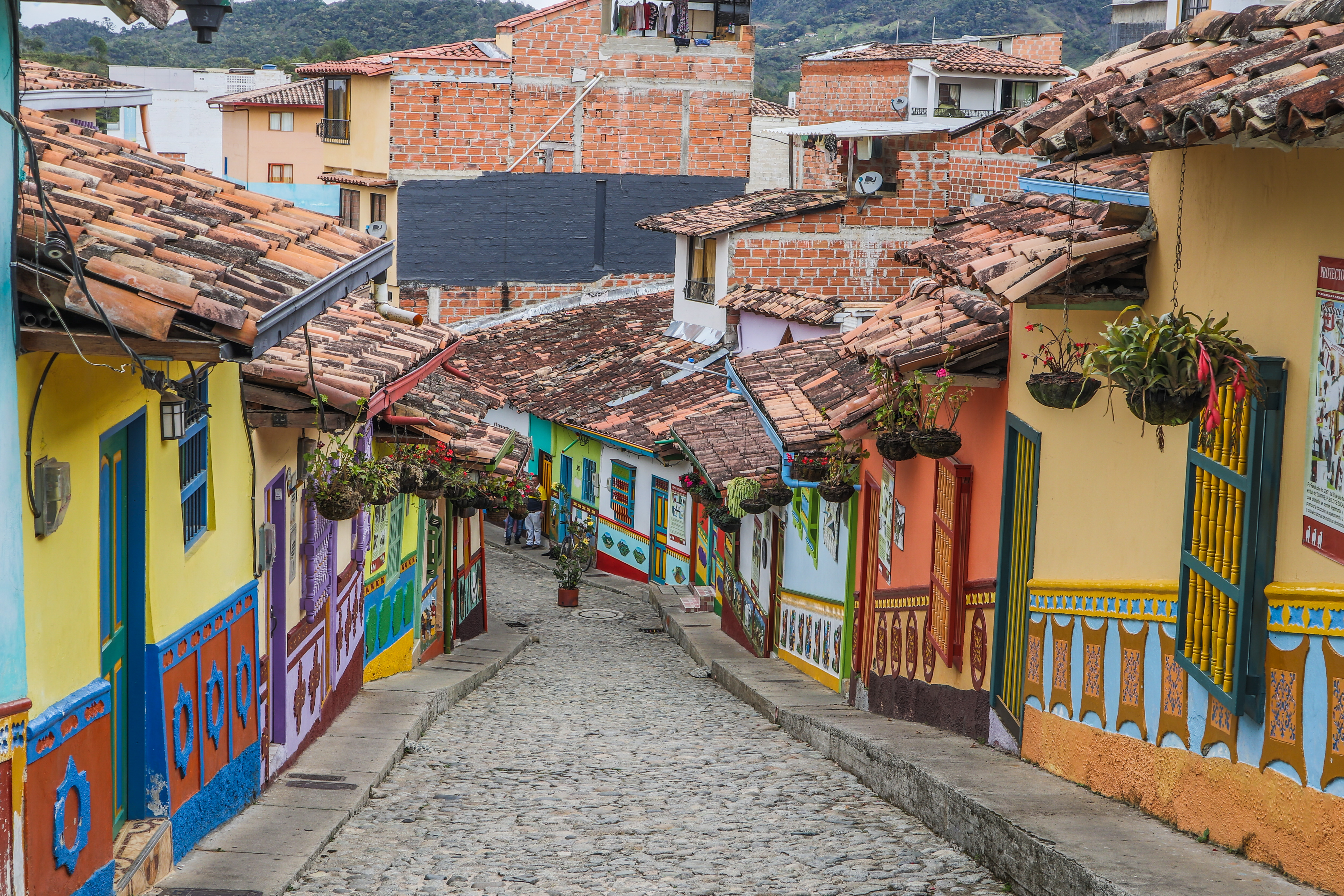





Time for the second leg of my journey, the Caribbean coast…



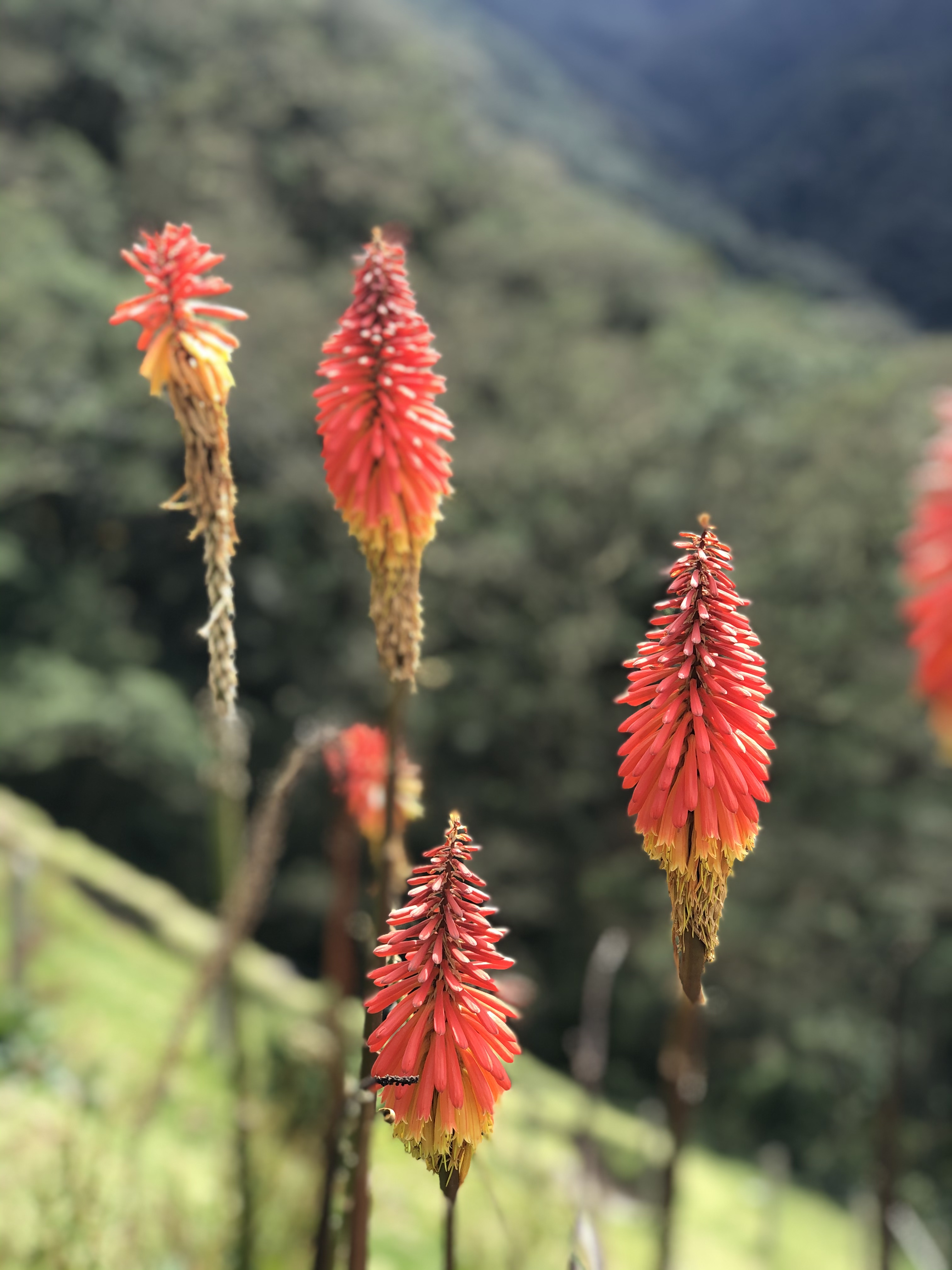


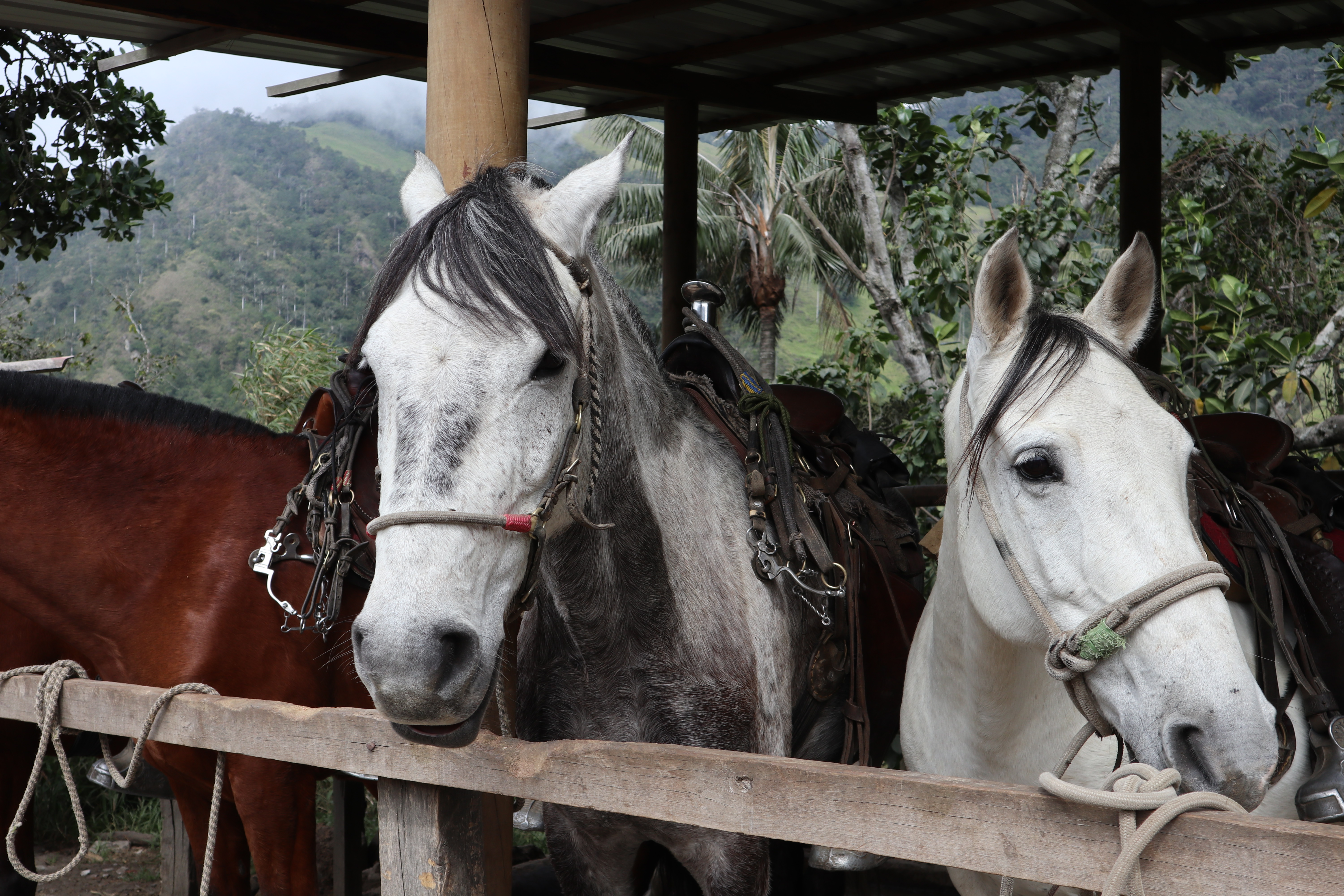
A great read and insight into travelling Columbia
LikeLiked by 1 person
Thank you for reading!
LikeLike
Oh wow! I feel like I was in Colombia too! 🙂
LikeLike
Such a beautiful read! You write so well x
LikeLike
Thanks Roro! 🙂 x
LikeLike